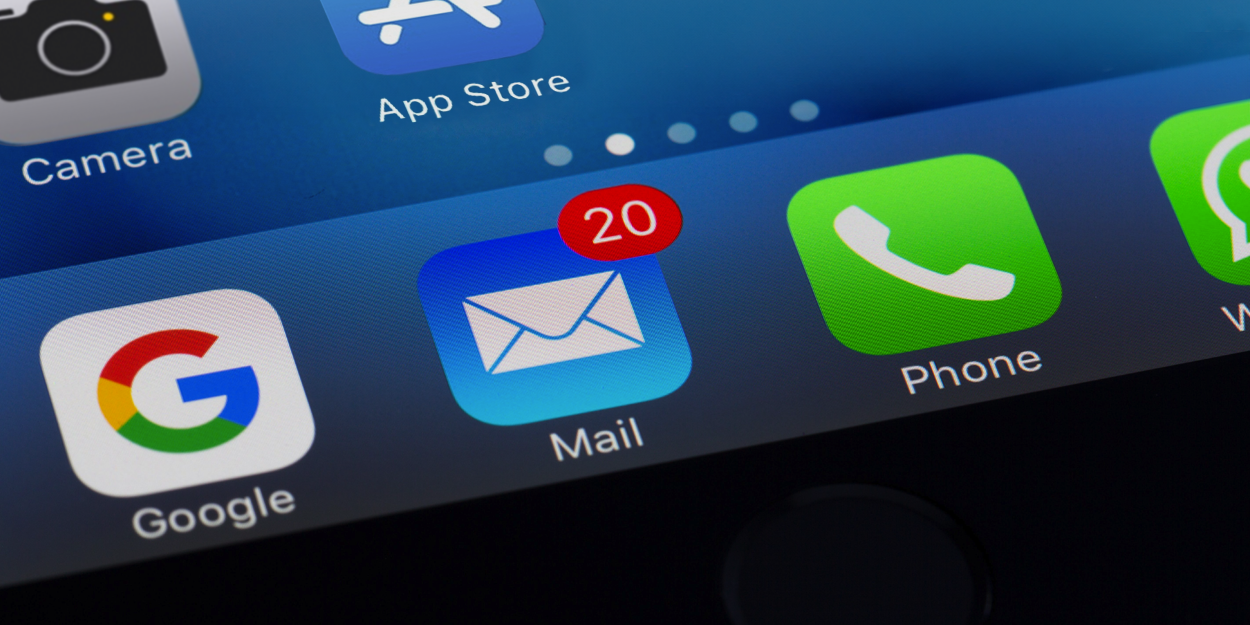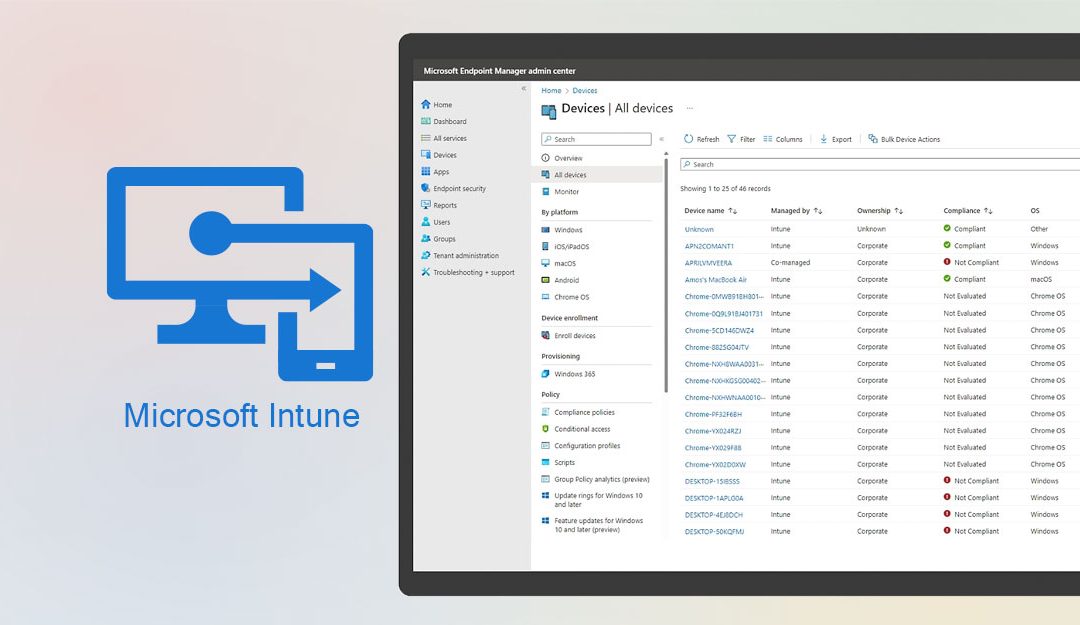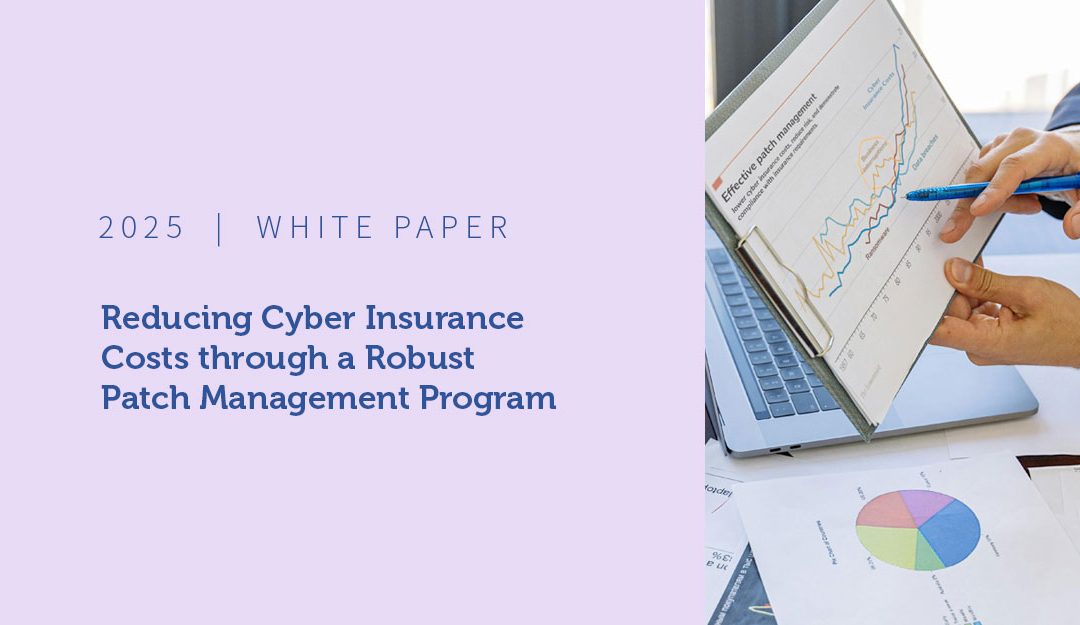Creating an email campaign involves several key steps to ensure its success. Here’s a step-by-step process to guide you through the creation of an effective email campaign:
Step 1 : Define Your Campaign Goals
Clearly outline the objectives of your email campaign. Whether it’s promoting a product, driving website traffic, or building brand awareness, having well-defined goals will shape your entire strategy.
Step 2 : Understand Your Audience
Identify your target audience and segment them based on relevant criteria such as demographics, location, behavior, or purchase history. Tailor your content to resonate with each segment.
Step 3 : Choose an Email Marketing Platform
Select an email marketing platform that suits your needs. Popular choices include Mailchimp, Constant Contact, or SendinBlue. These platforms offer features like list management, email design, automation, and analytics.
Step 4 : Build Your Email List
Grow and maintain a clean and engaged email list. Use opt-in forms on your website, social media, and other channels to collect email addresses. Ensure compliance with data protection regulations, such as GDPR or CAN-SPAM.
Step 5 : Plan Your Content
Create compelling and relevant content for your emails. Develop a content calendar to organize your messaging. Consider using a mix of promotional content, educational content, and engagement-focused content.
Step 6 : Design Engaging Emails
Craft visually appealing and mobile-responsive email templates. Ensure your design aligns with your brand identity. Use concise and compelling copy, clear calls-to-action (CTAs), and high-quality visuals.
Step 7 : Personalize and Segment
Leverage personalization based on user data to make your emails more relevant. Segment your audience to send targeted messages, increasing the likelihood of engagement.
Step 8 : Set Up Automation
Implement automation workflows for tasks like welcome emails, abandoned cart reminders, or post-purchase follow-ups. Automation saves time and ensures timely communication with your audience.
Step 9 : Test Your Emails
Before sending your campaign, conduct A/B testing on various elements such as subject lines, CTAs, and images. Analyze the results to optimize your email content for better performance.
Step 10 : Schedule and Send
Choose an optimal time to send your emails based on your audience’s behavior. Schedule your emails to maximize open rates and engagement.
Step 11 : Monitor and Analyze
After your campaign is live, closely monitor key metrics like open rates, click-through rates, and conversion rates. Use these insights to refine your future campaigns.
Step 12 : Iterate and Improve
Analyze the performance of your email campaign and gather feedback. Iterate on what worked well and make improvements for future campaigns. Continuous optimization is key to long-term success.
By following these steps, you’ll be well-equipped to create a successful email campaign that effectively communicates your message to your target audience.




